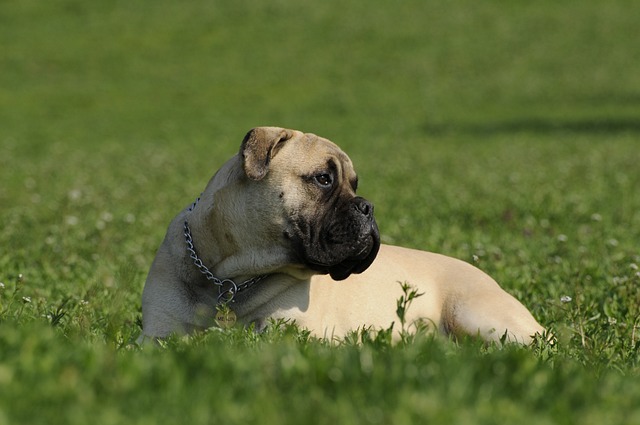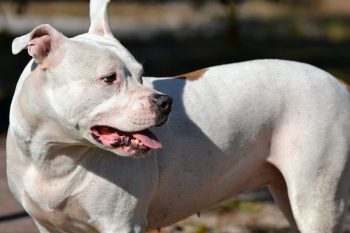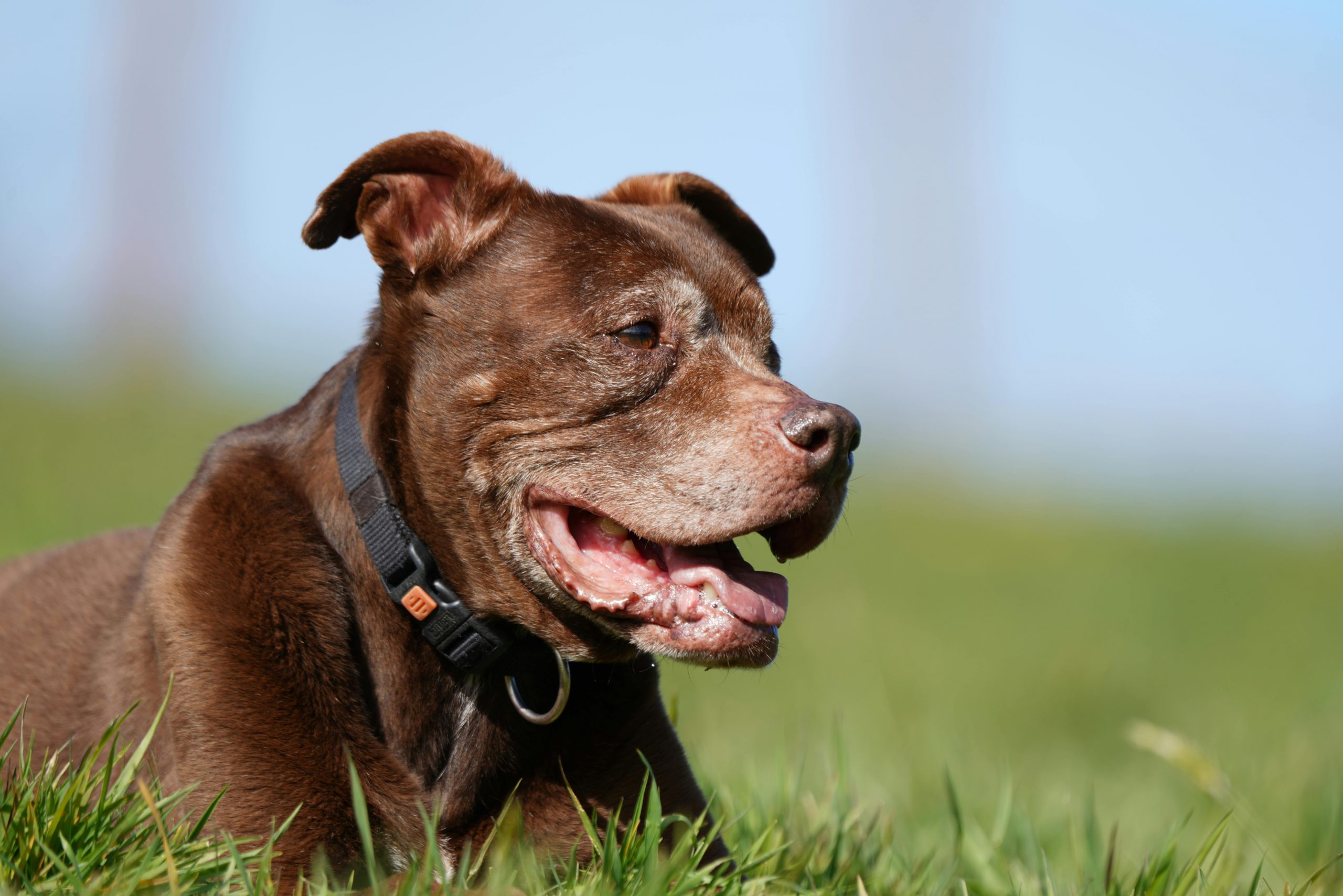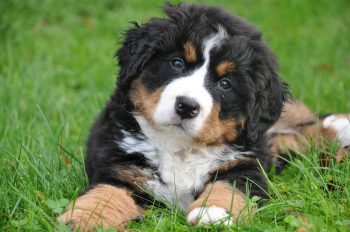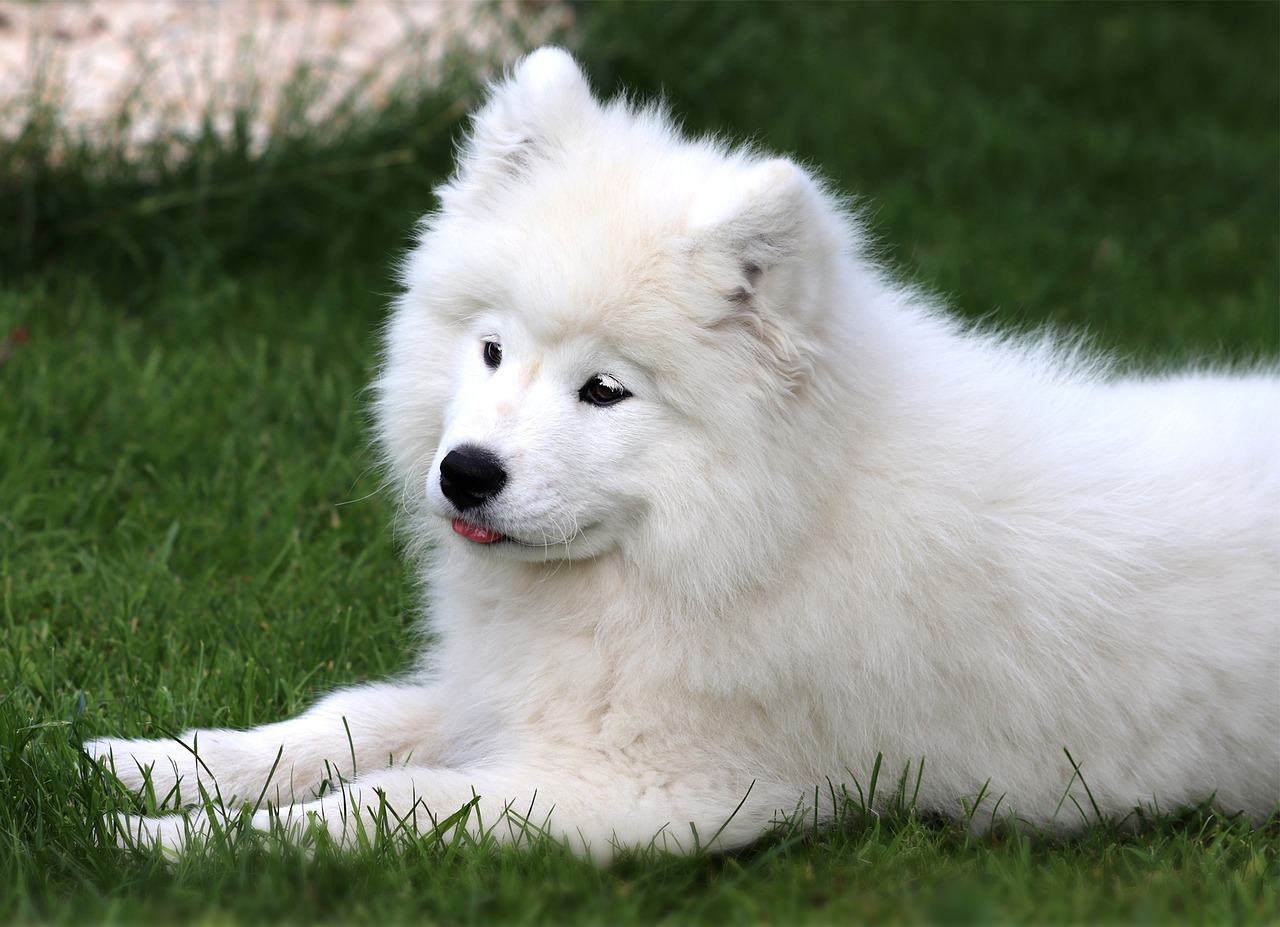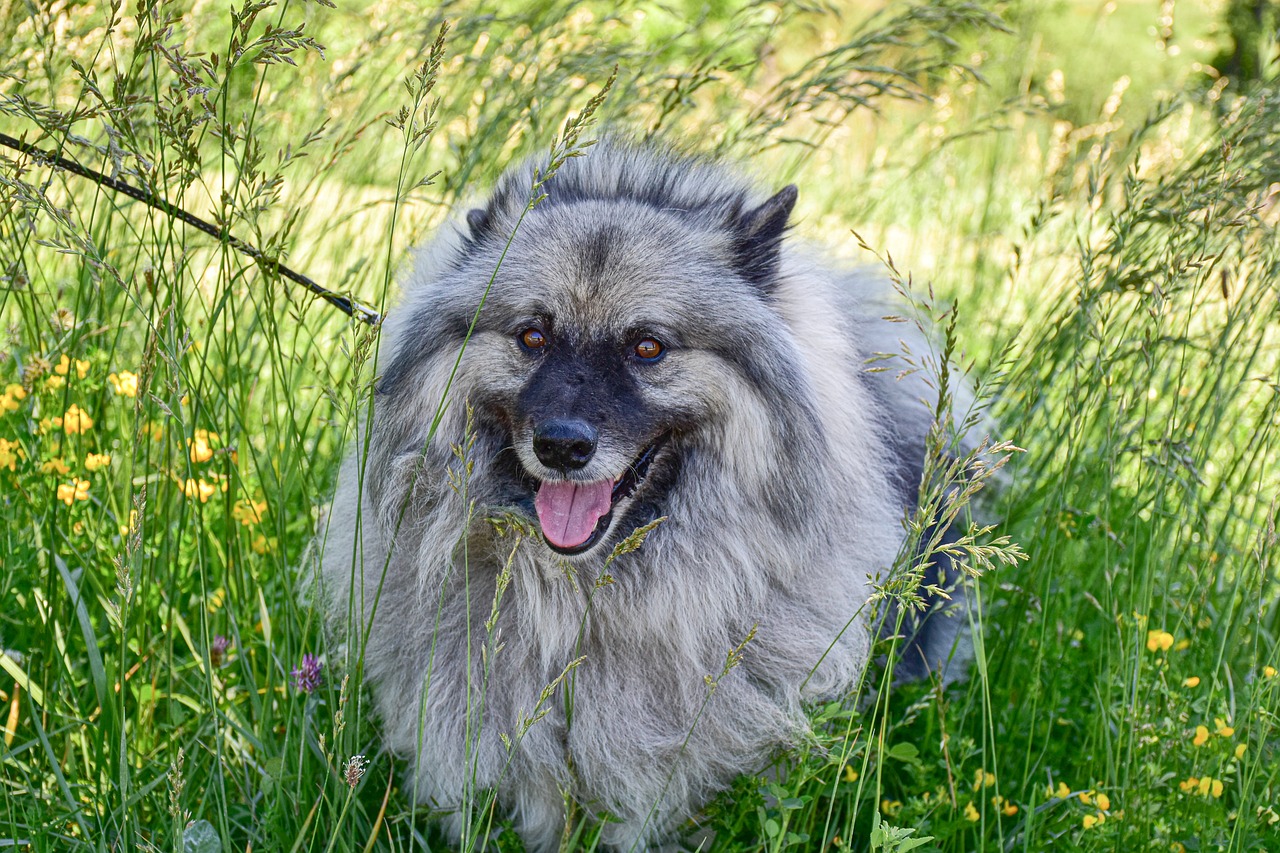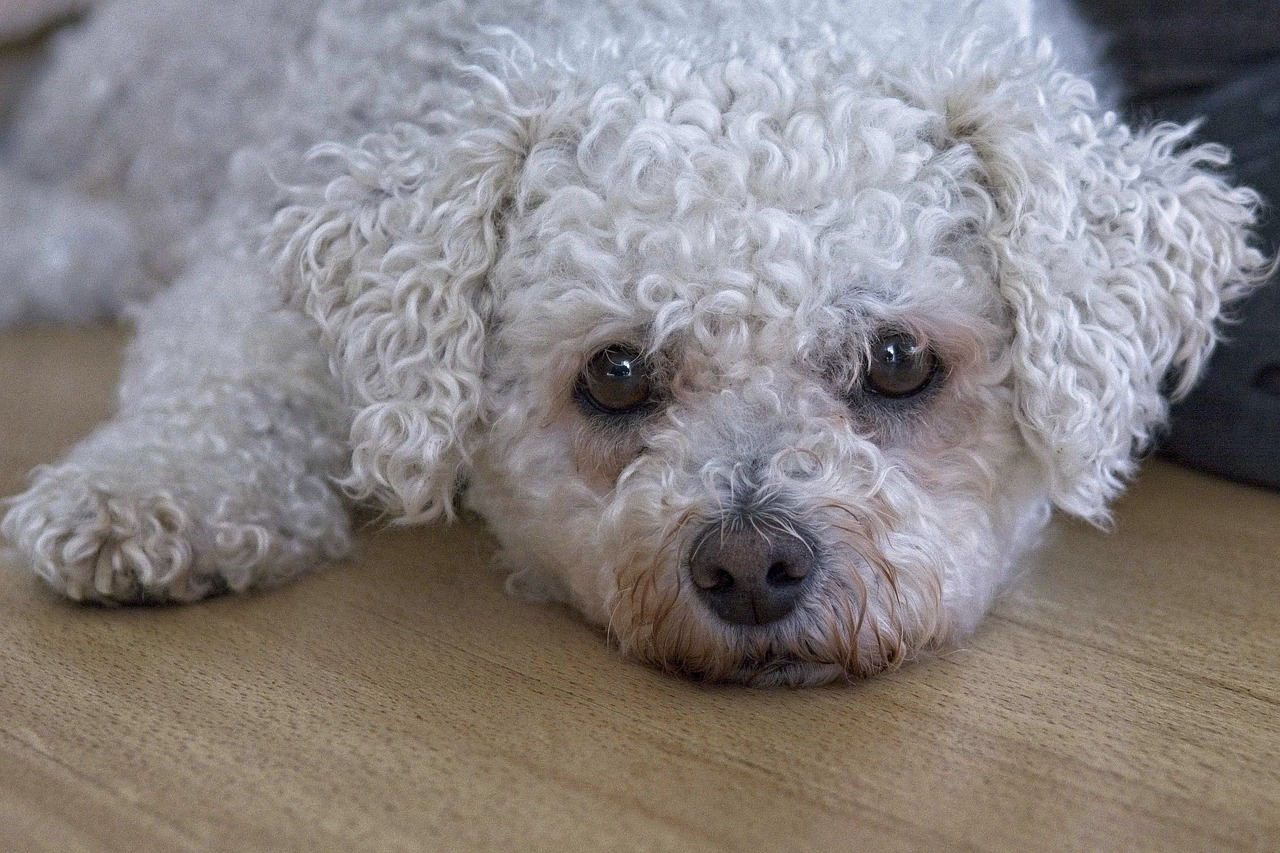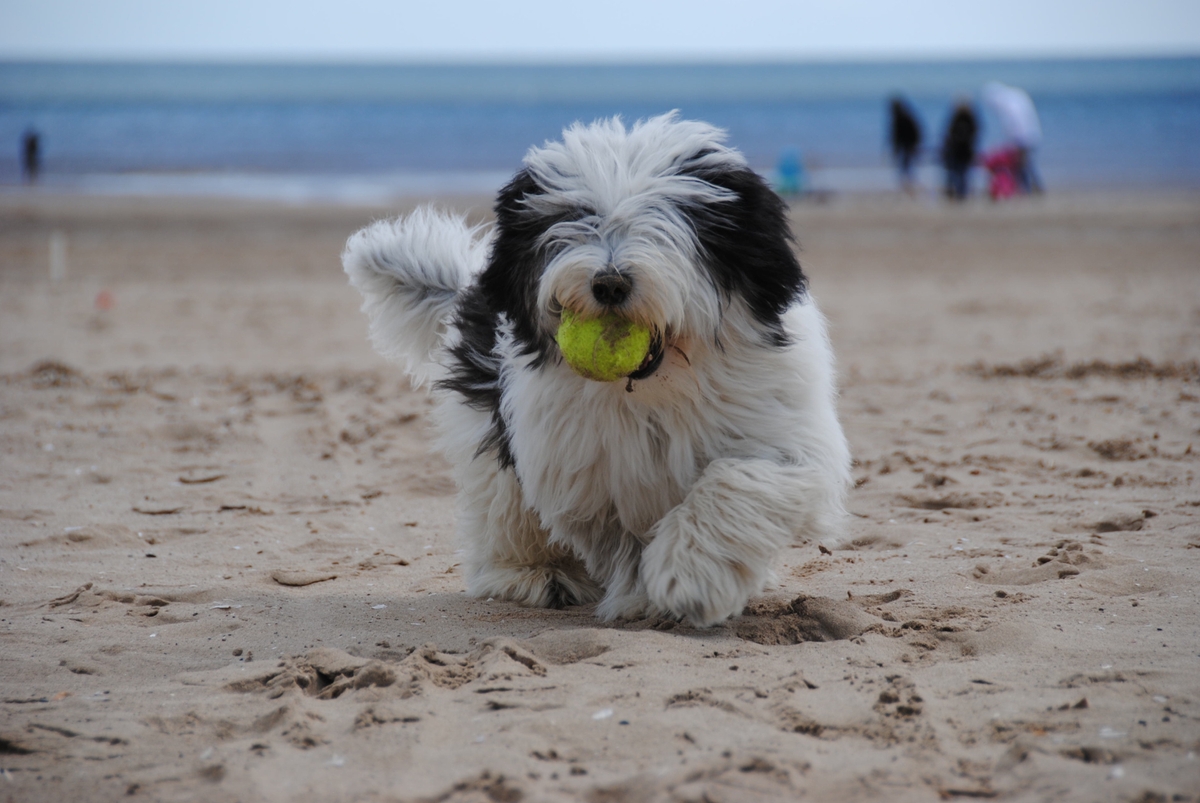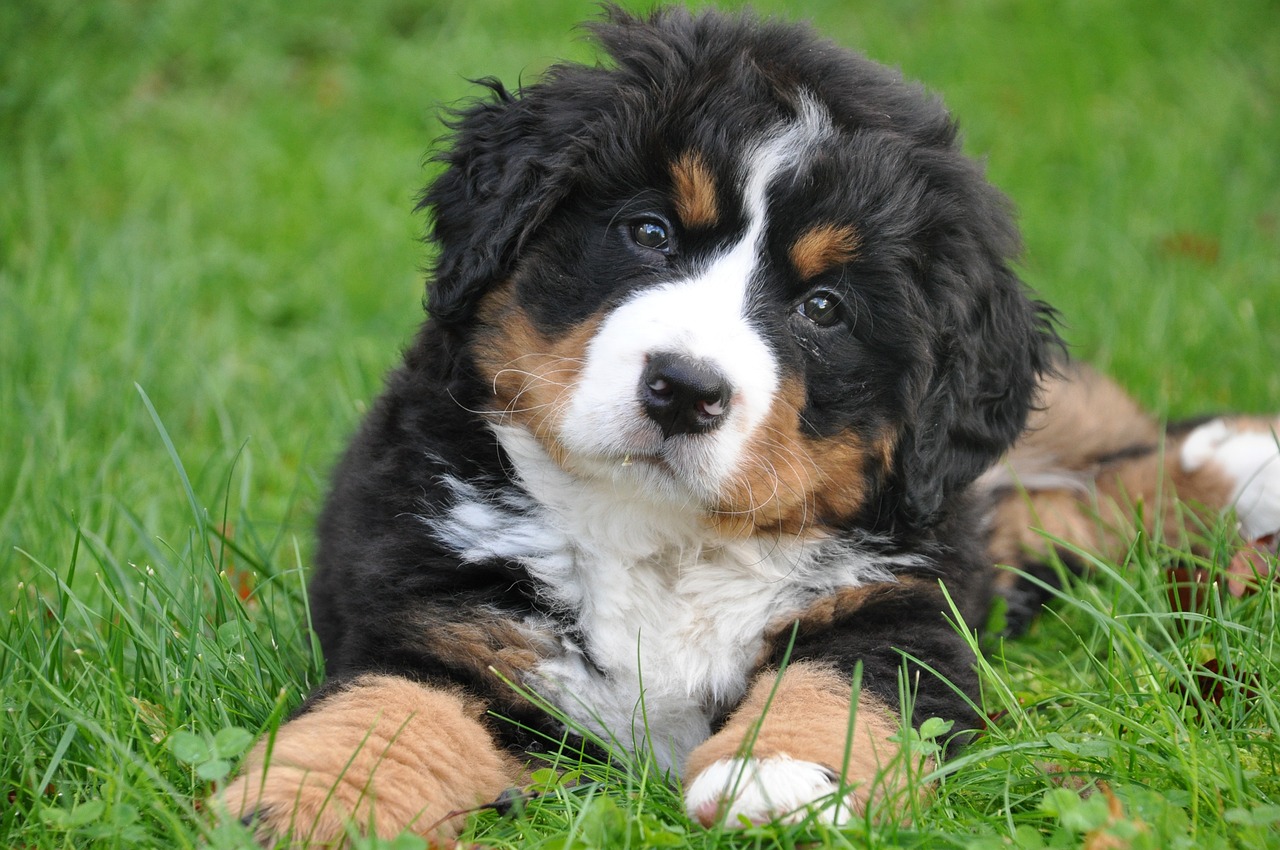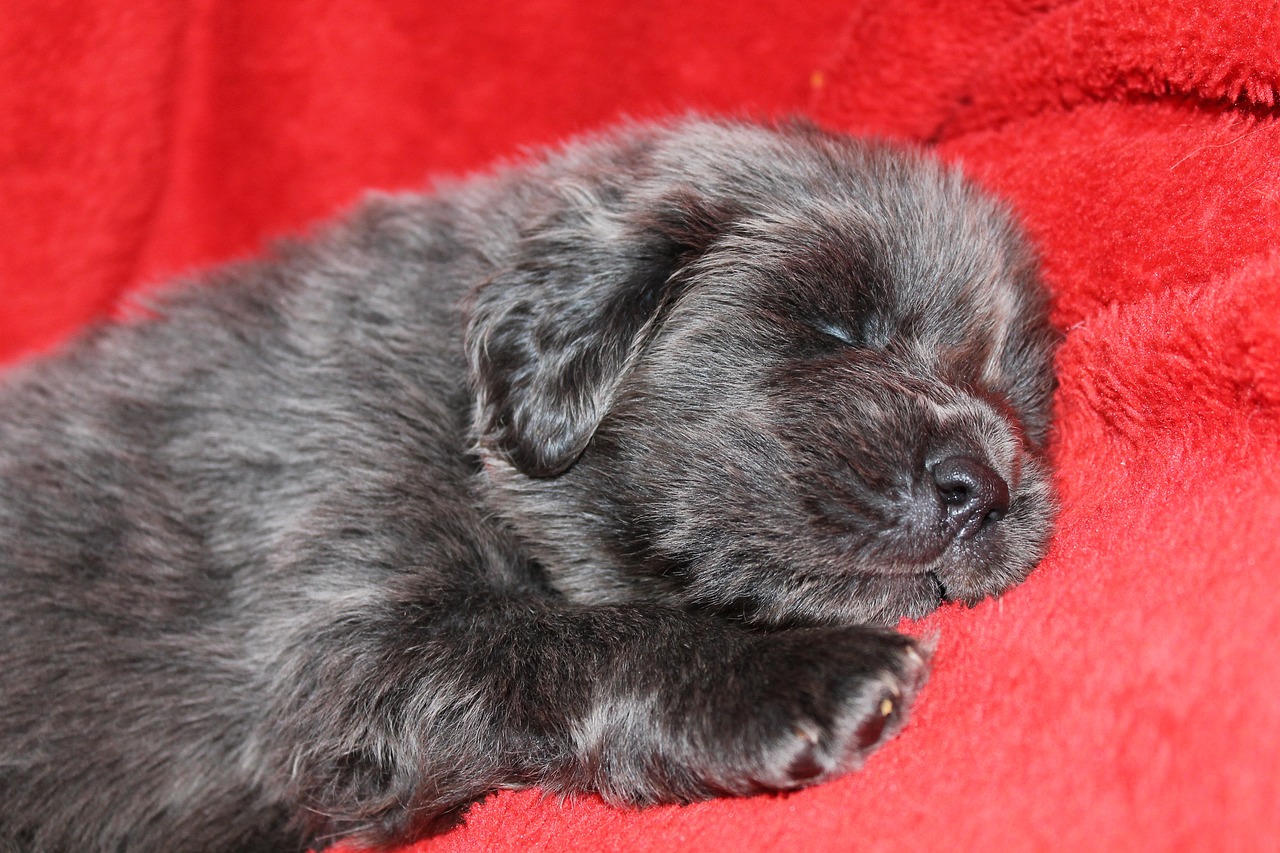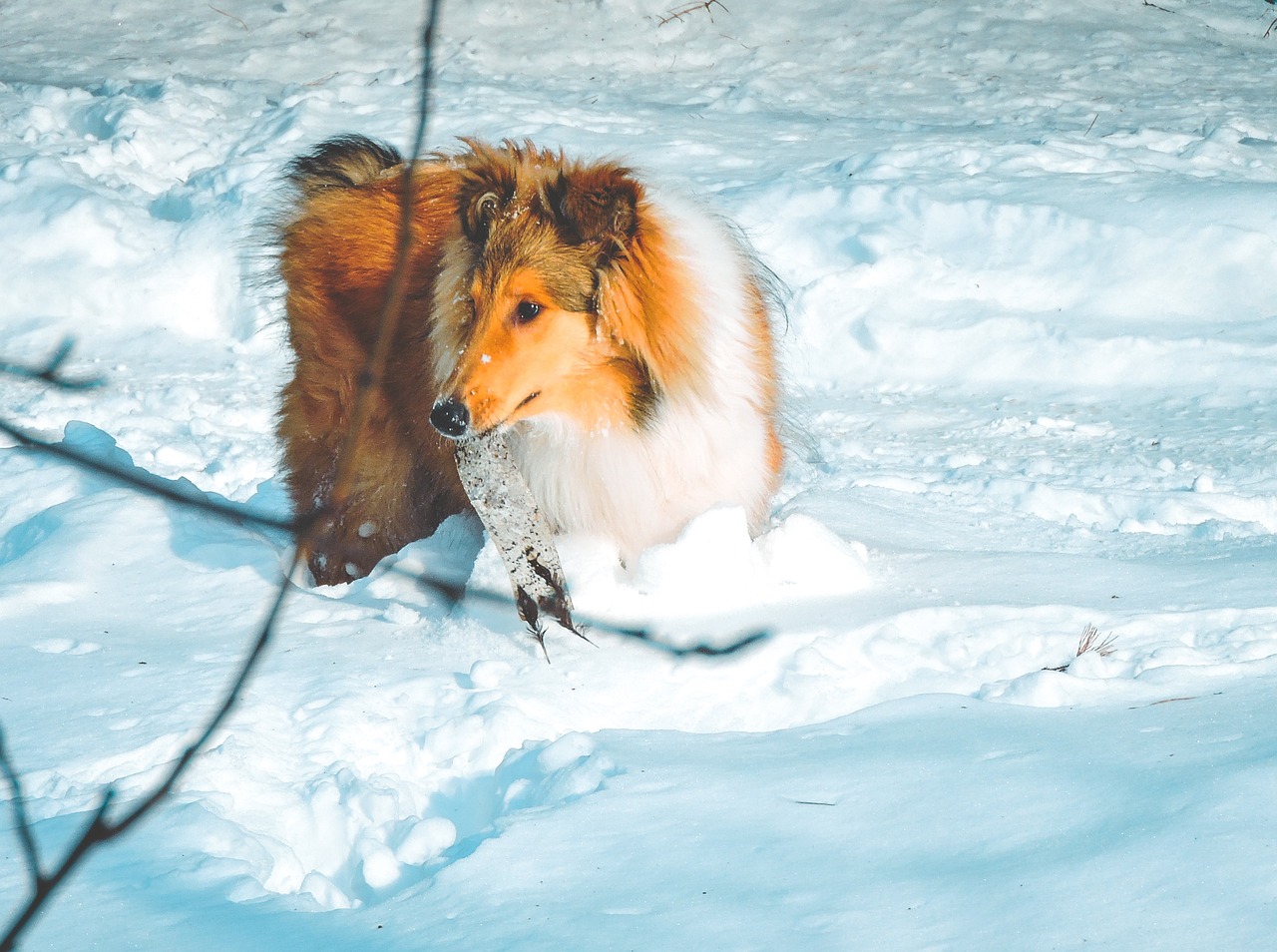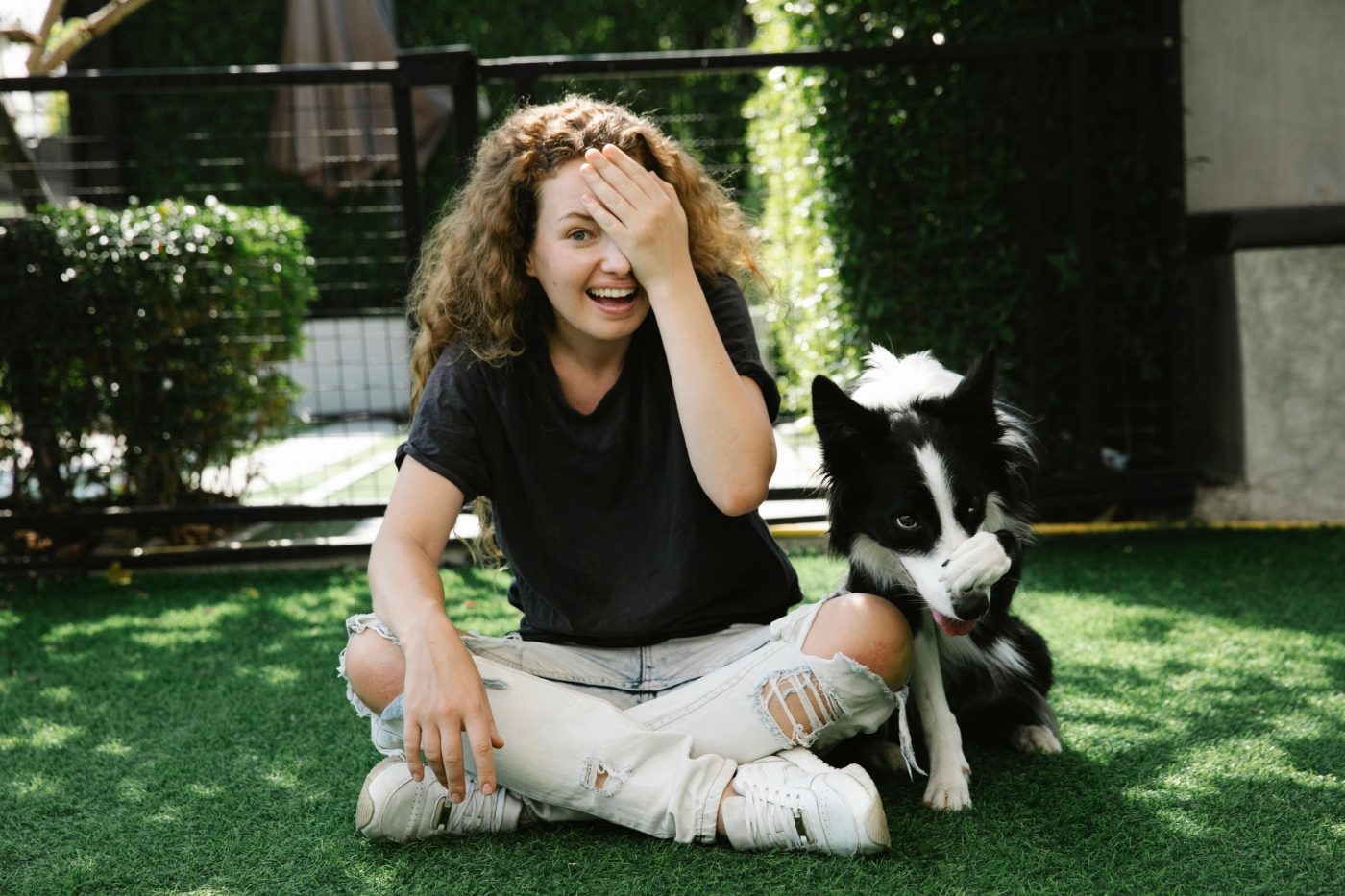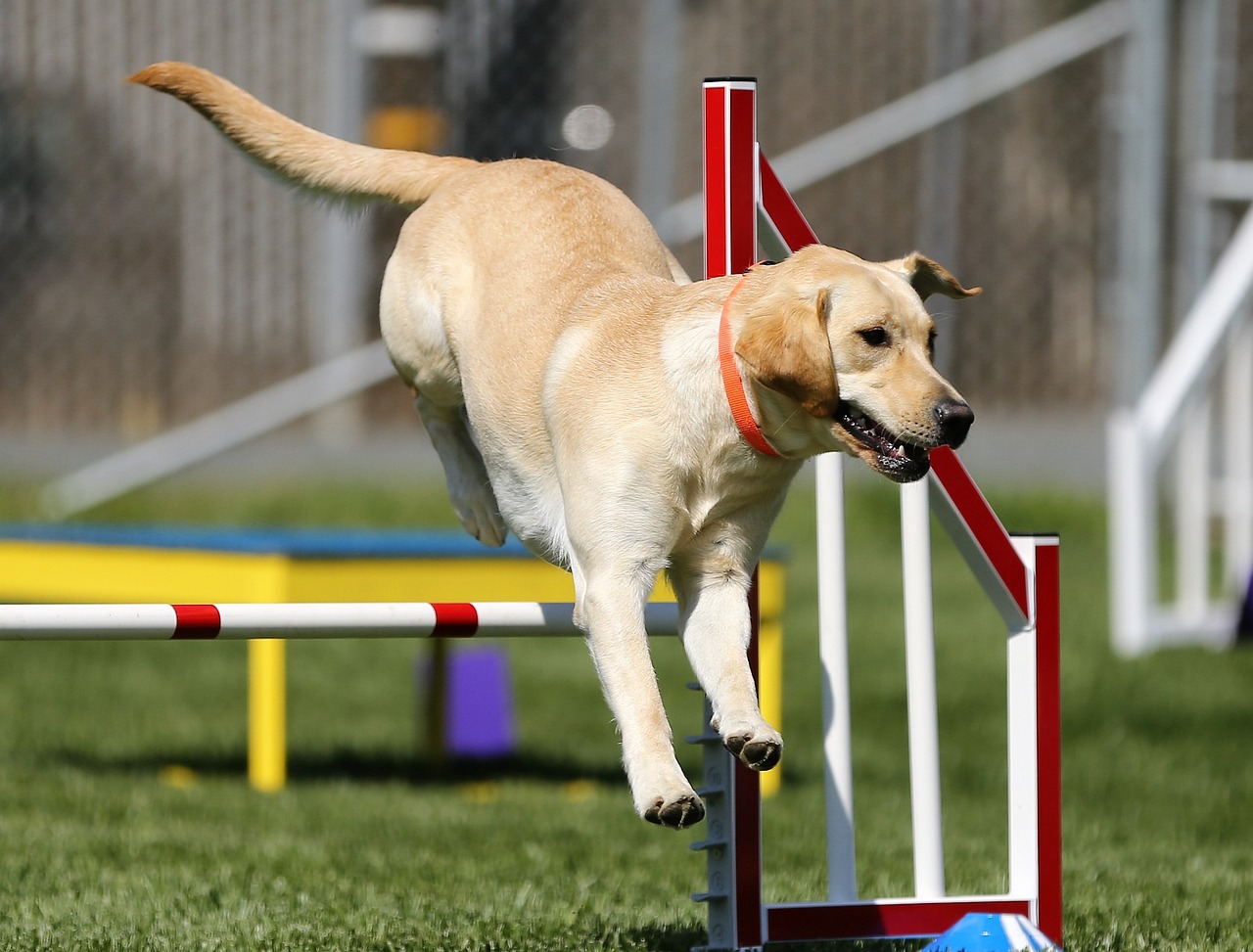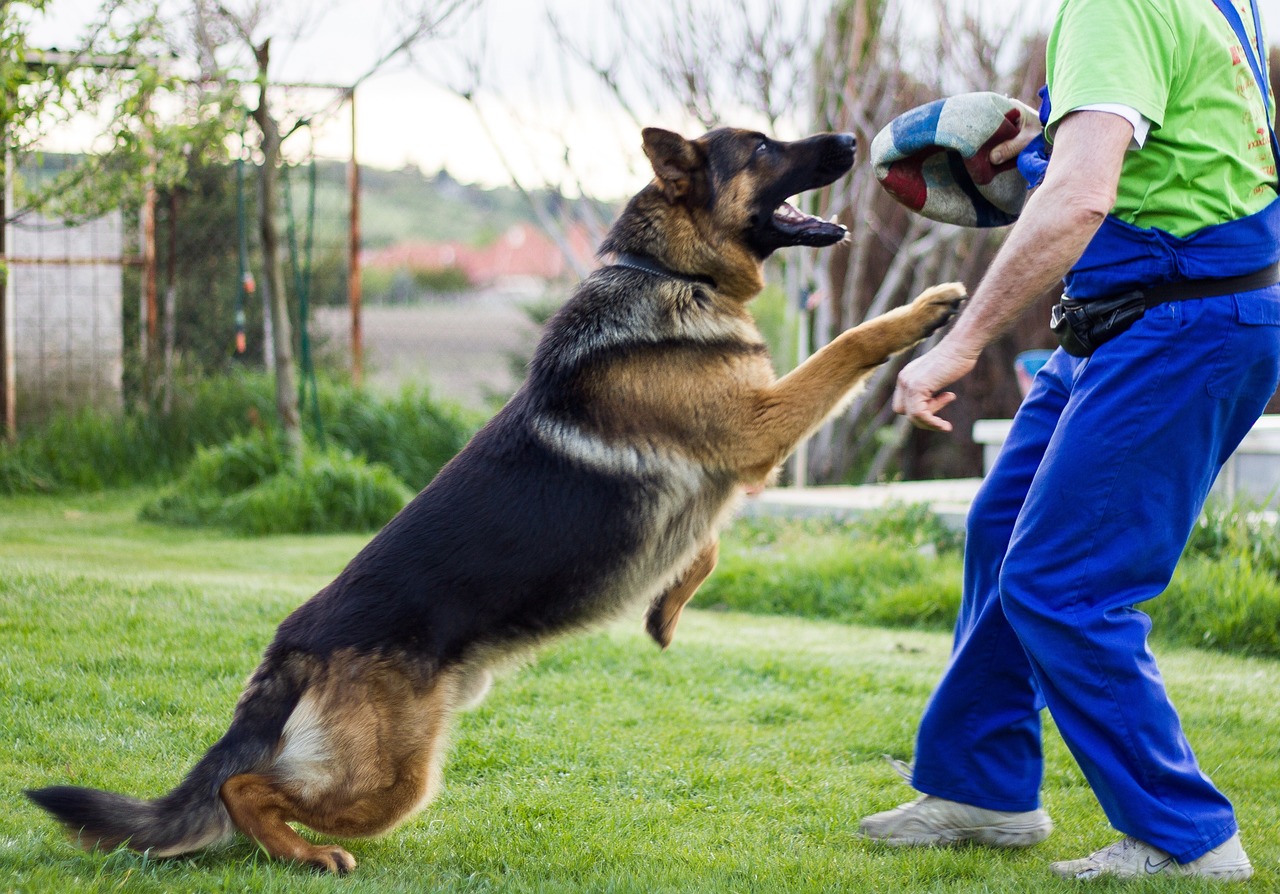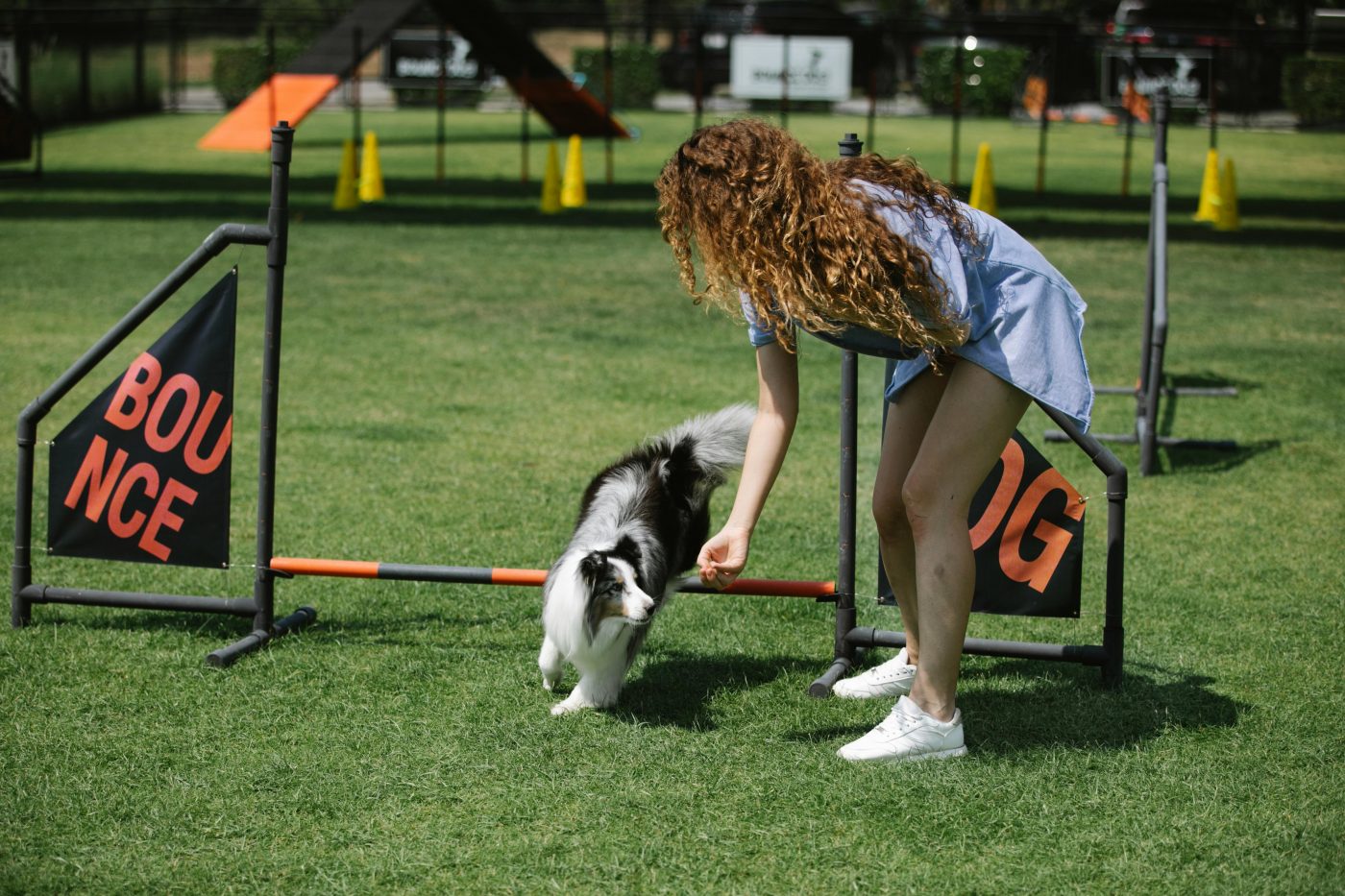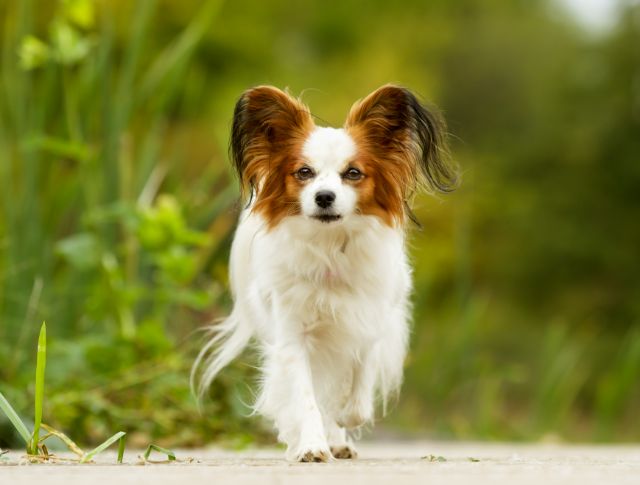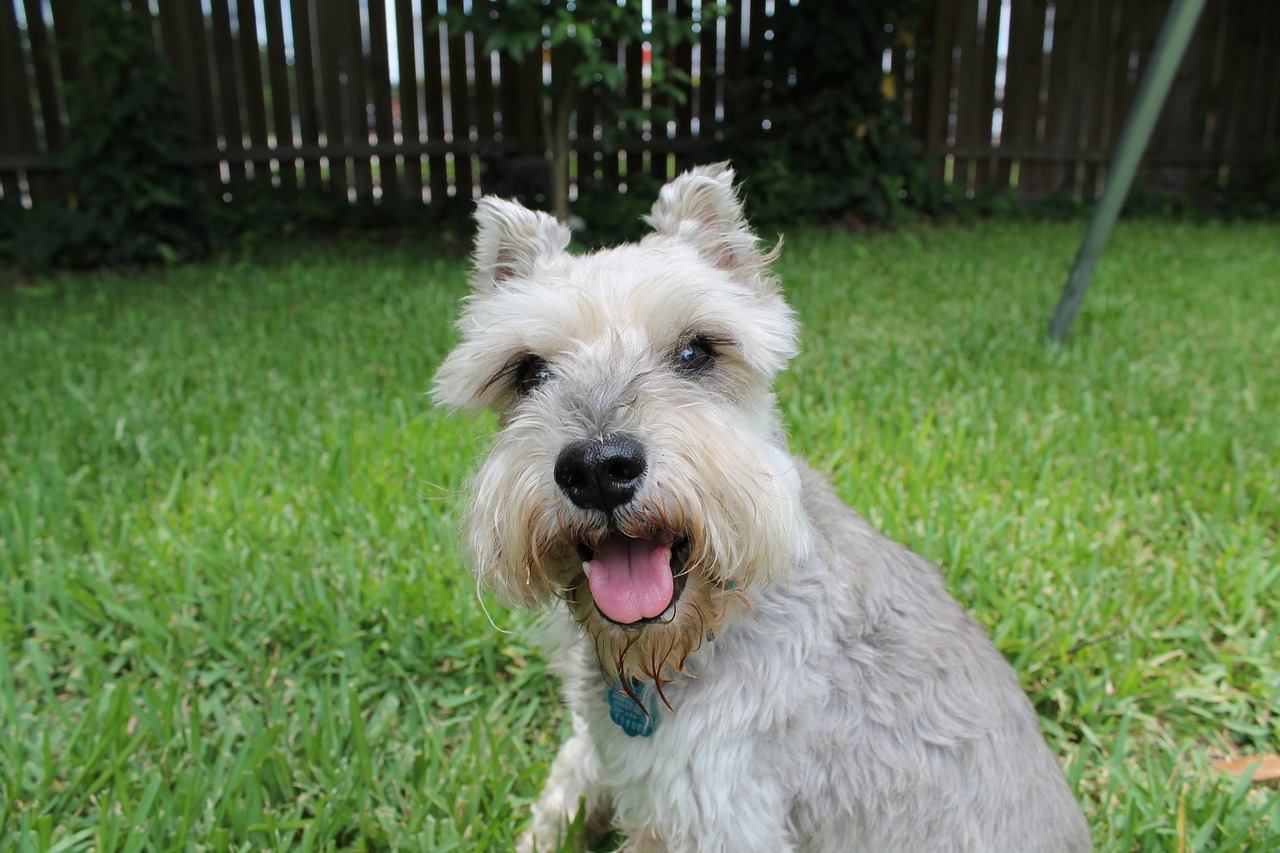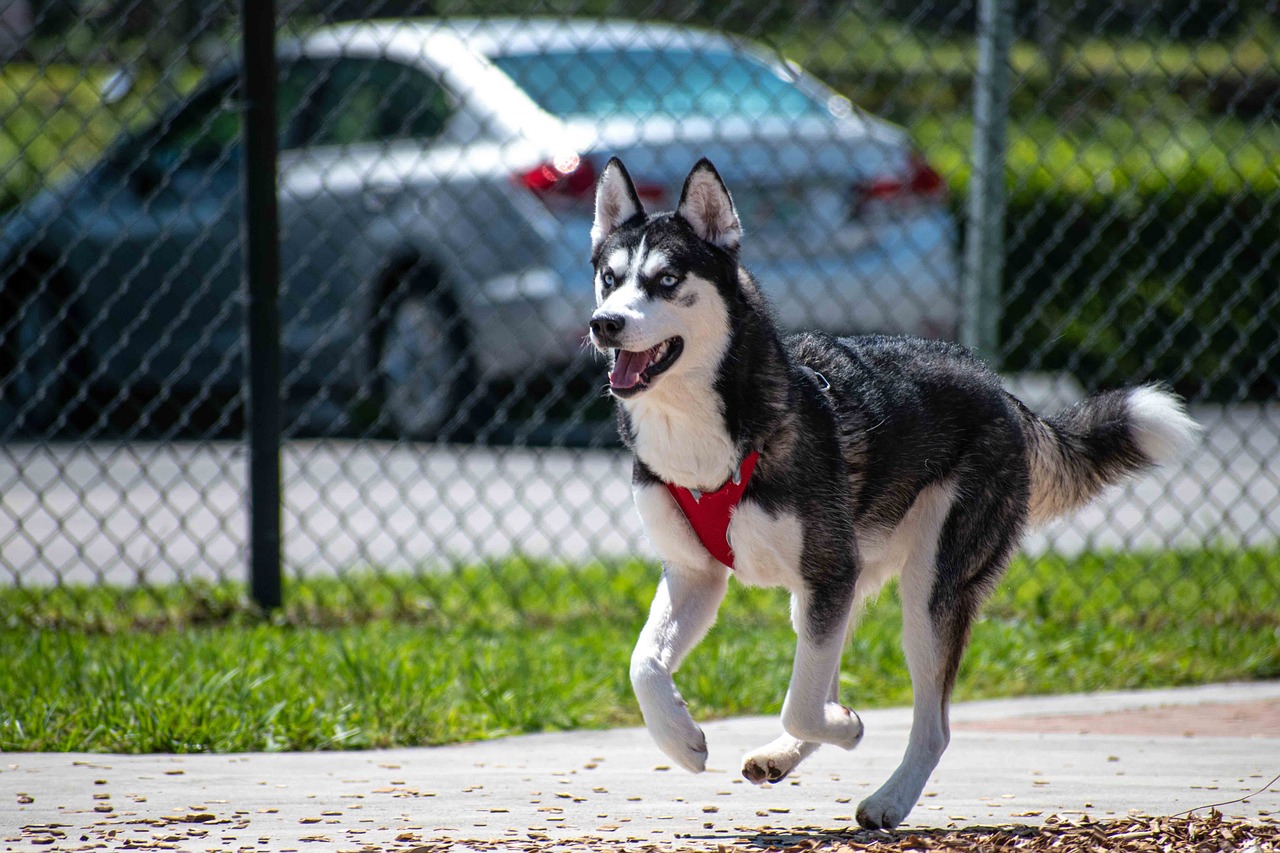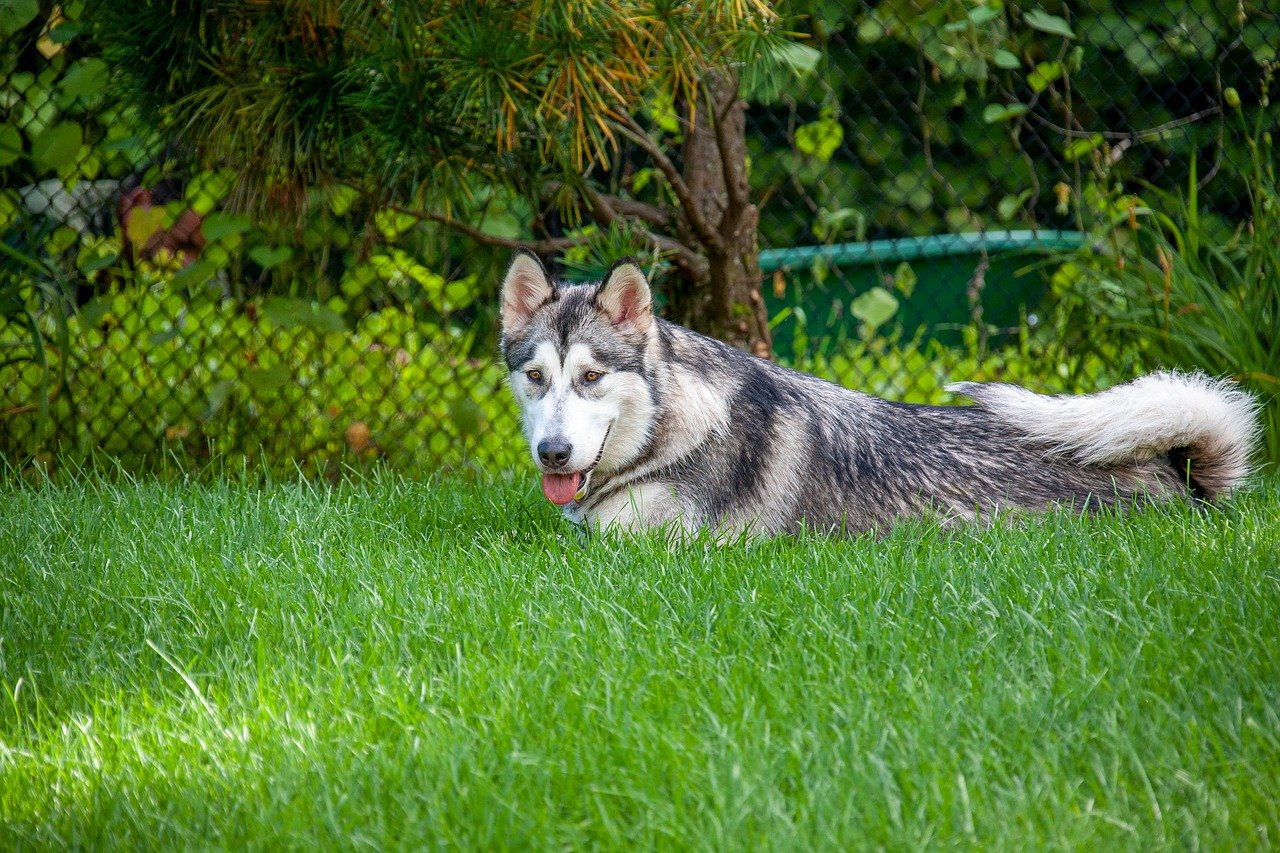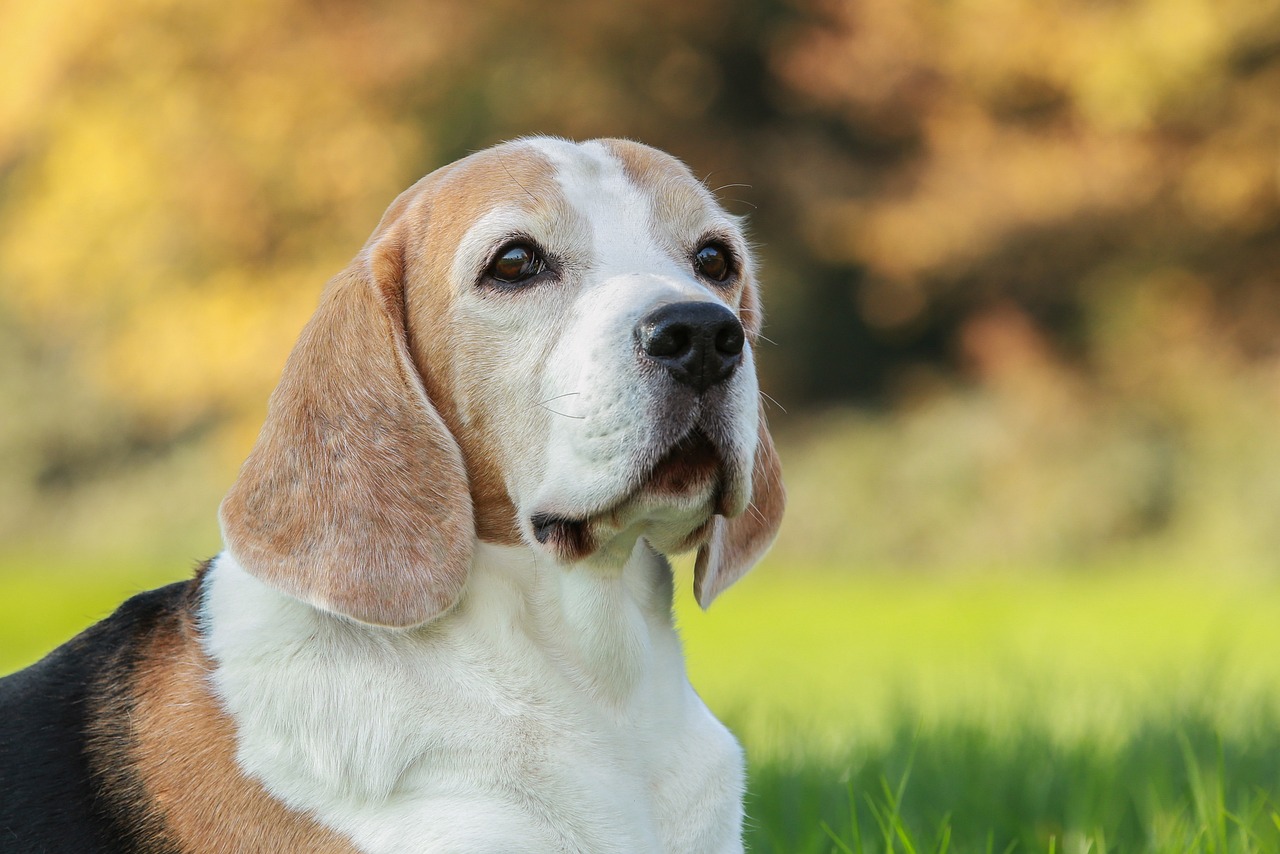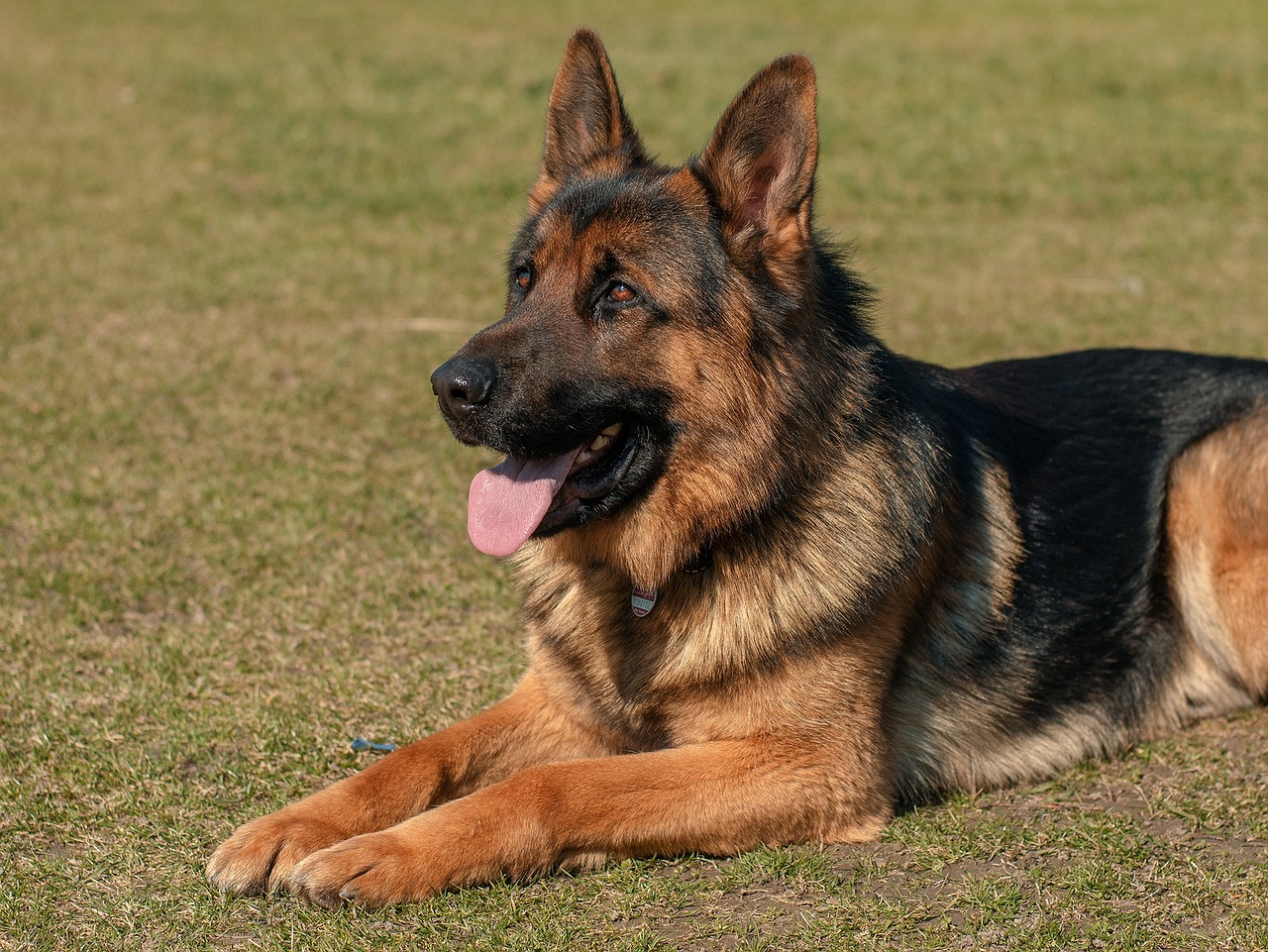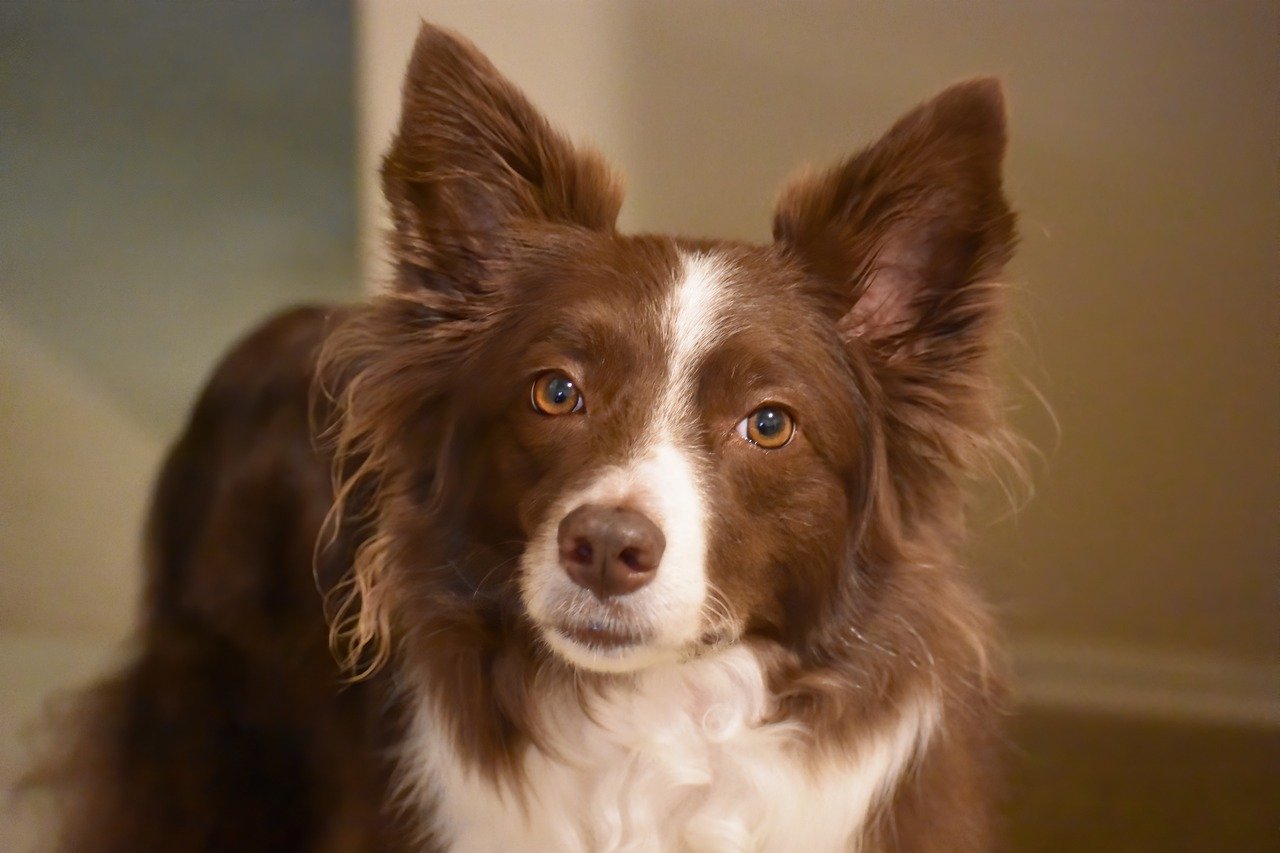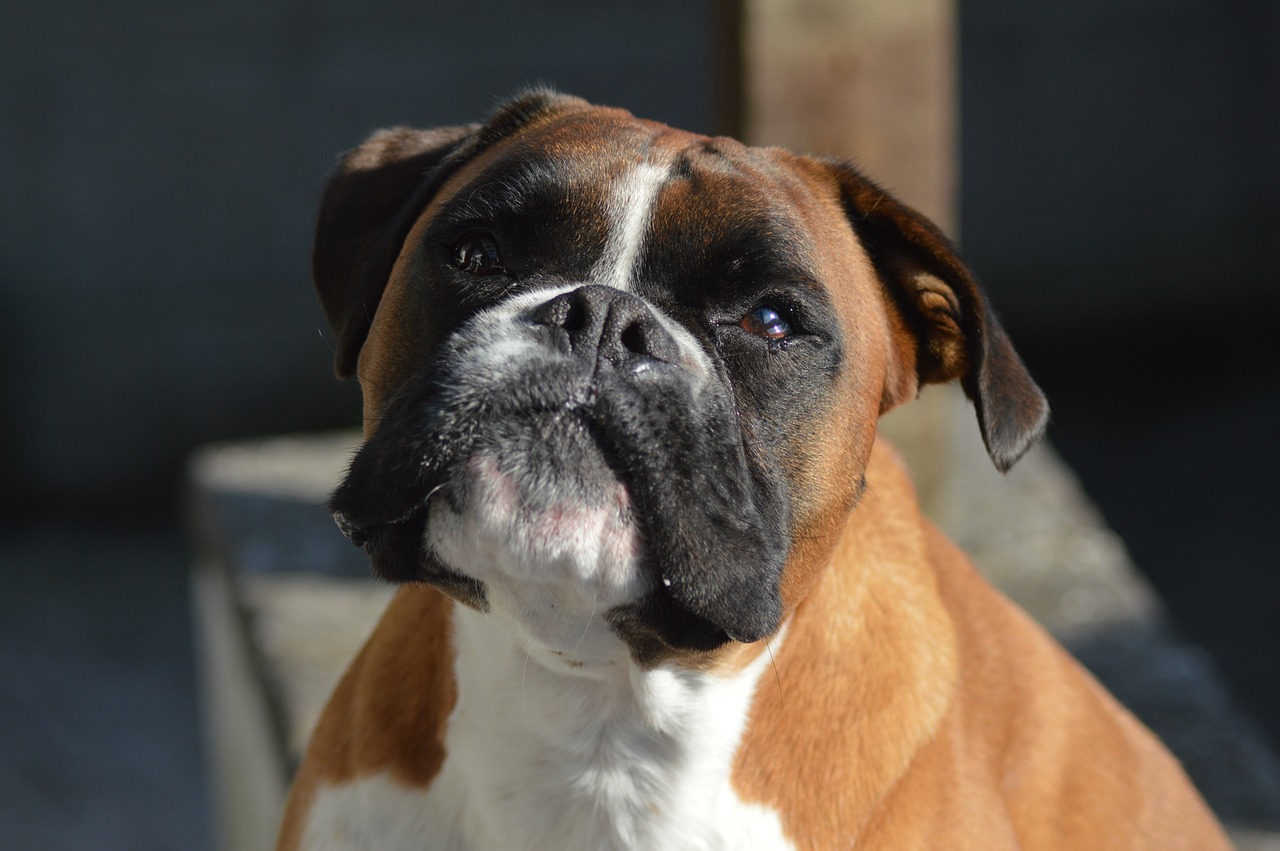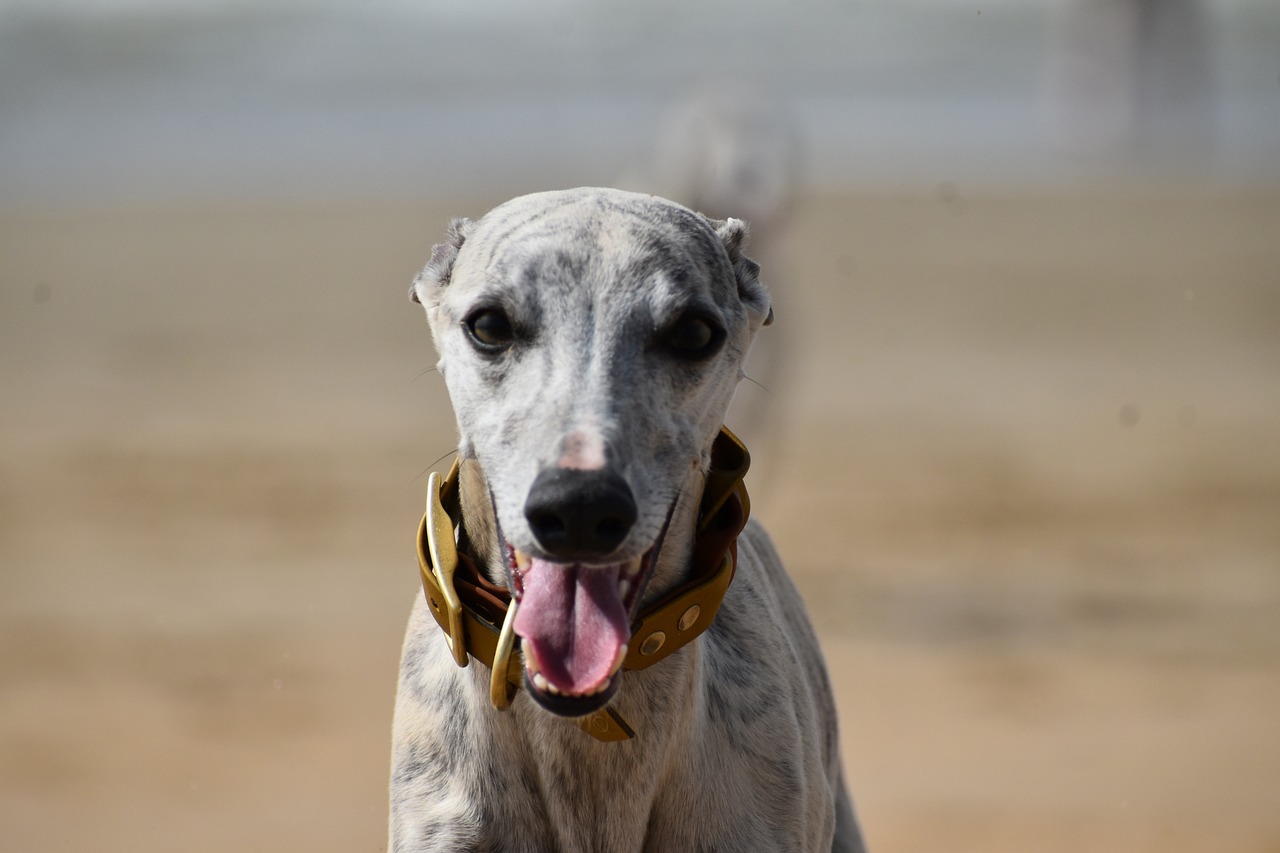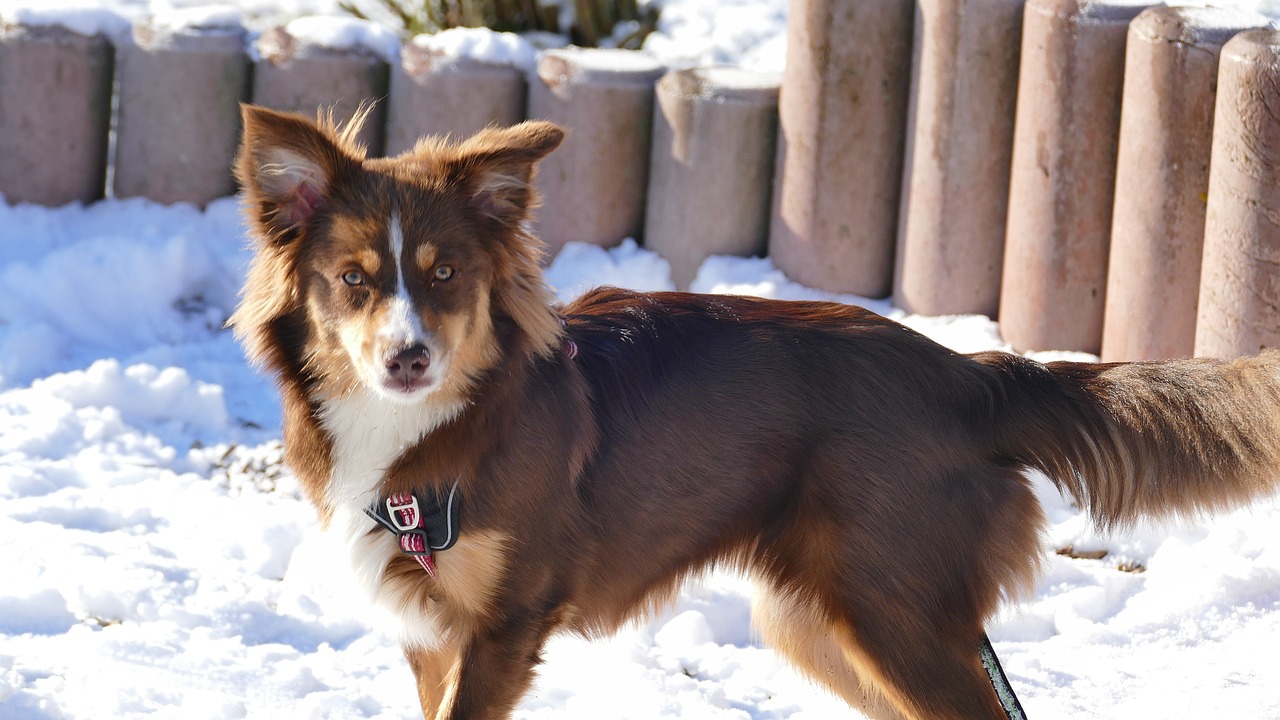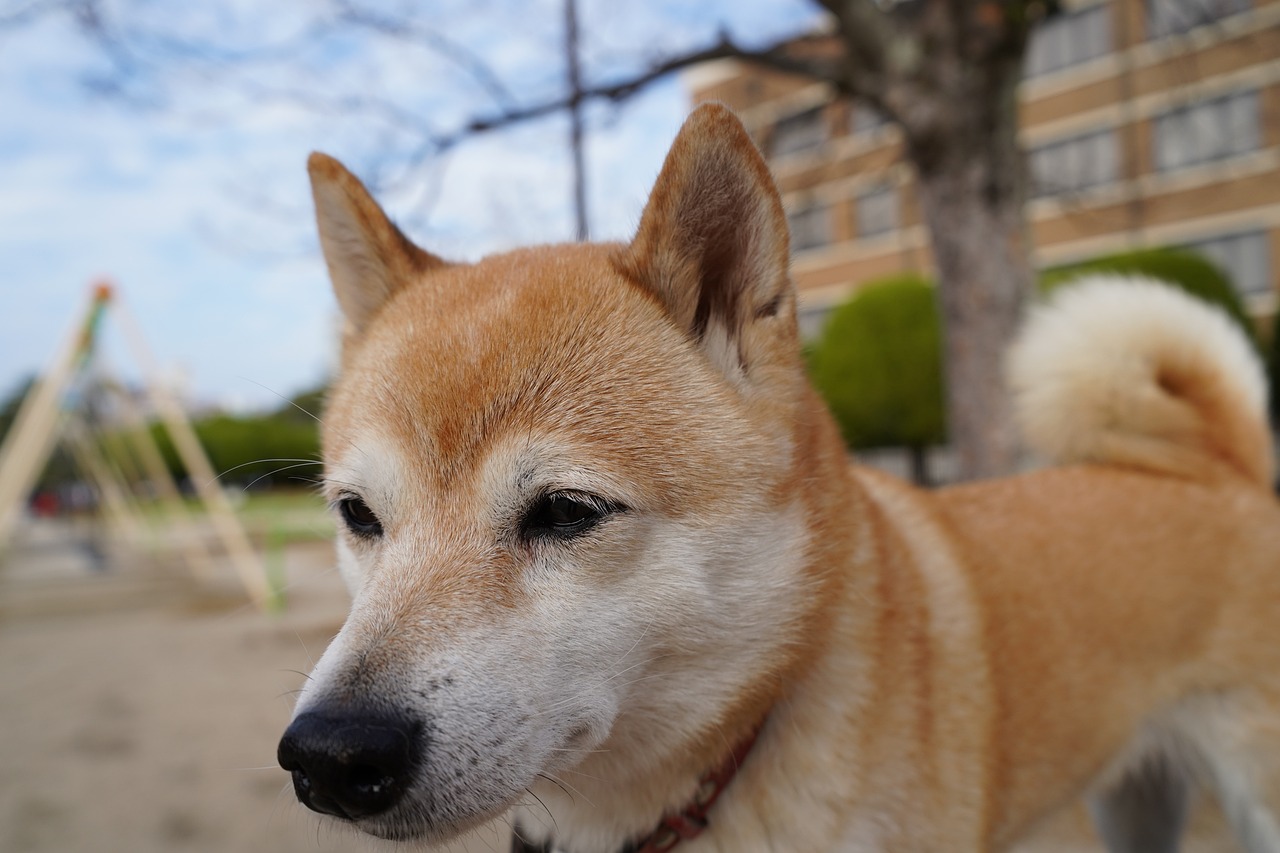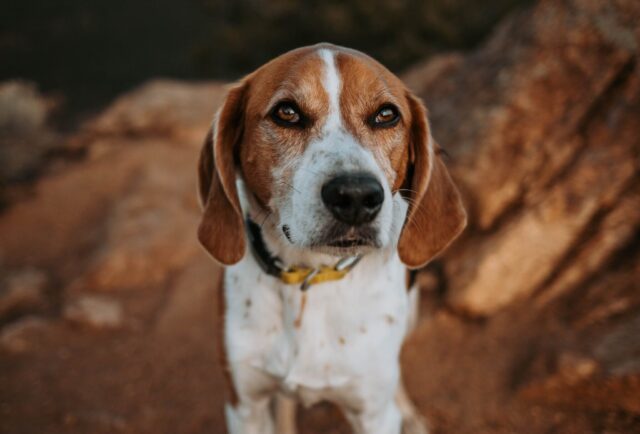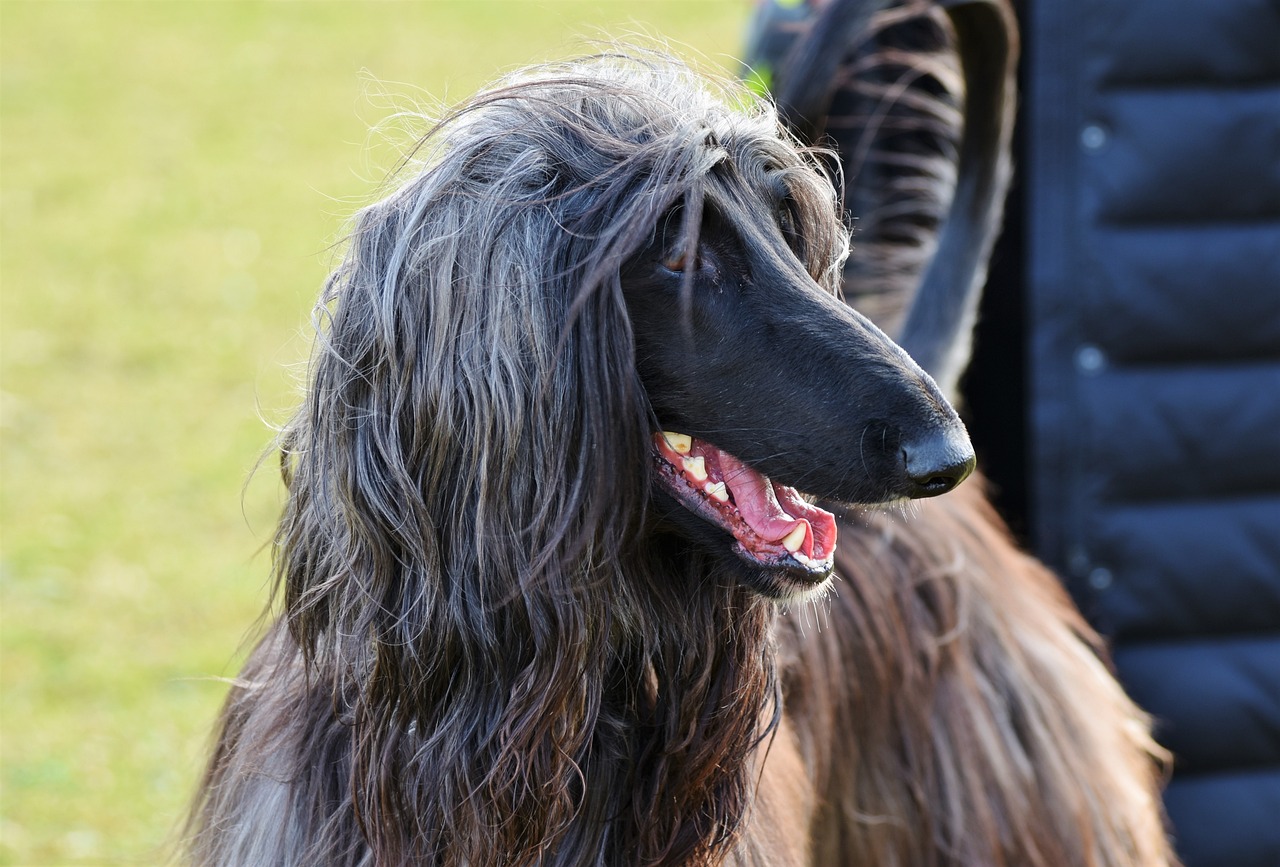25 Things to Love About Pugs

Pugs are one of the most distinctive and beloved dog breeds, cherished for their unique appearance and charismatic personality. Originally from China, where they were favored by Buddhist monks and Chinese emperors, Pugs have a rich history that dates back several centuries. Their compact, muscular frame, deep wrinkles, and big, soulful eyes make them instantly recognizable and irresistibly endearing. Known for their sociable and gentle nature, Pugs are great companions for all types of families. They thrive on human companionship, and their primary goal in life seems to be to offer love and be loved in return. Despite their small stature, they have a big presence, bringing joy and laughter to their owners’ lives. Here are 25 reasons why Pugs are so easy to love and why they continue to capture the hearts of dog enthusiasts around the world.
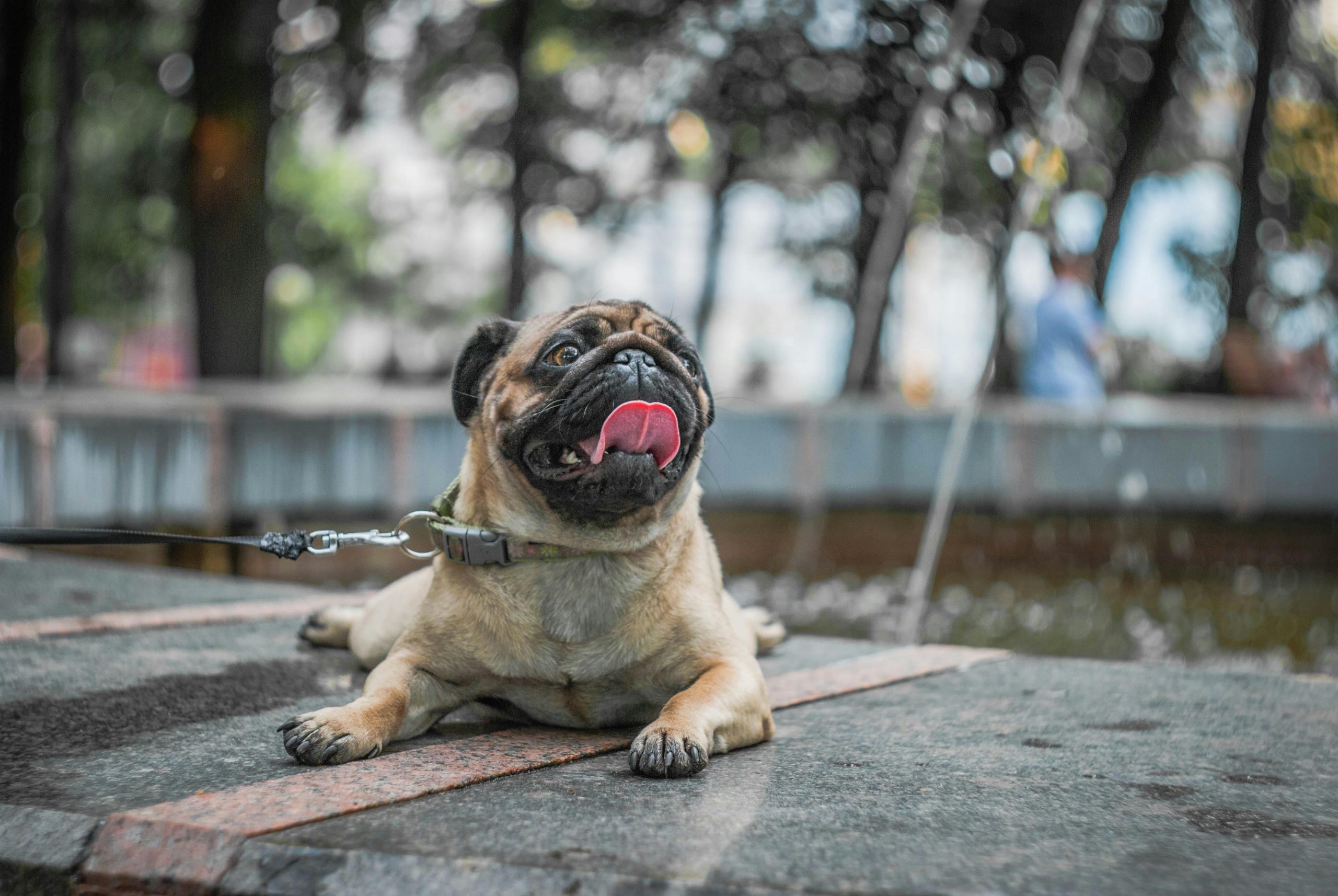
1. They Have a Charming Personality
Pugs are renowned for their charming and affectionate personality. They are true extroverts: social, playful, and always ready to be the center of attention. Pugs make friends easily and are known for their ability to get along with everyone, including children and other pets. They have a cheerful disposition and a quirky sense of humor that can brighten up even the dullest days. Their friendly nature makes them excellent companions, and they often serve as a great source of comfort and joy to their families.
2. Ideal Size for Any Living Situation
One of the great advantages of Pugs is their size. Typically weighing between 14 to 18 pounds, they are a comfortable size for most living situations, including apartments and smaller homes. Their compact size makes them easy to manage and ideal for city living, where space can be limited. Despite their small stature, they are sturdy and robust, capable of joining in on family activities without the fragility of some other small breeds.
3. Low Exercise Requirements
Pugs are relatively low-energy compared to many other breeds. They require minimal exercise to stay healthy and happy, making them ideal for those who lead more sedentary lifestyles or those with limited mobility. A few short walks and some playtime indoors are generally sufficient to satisfy their physical needs. This makes them perfect companions for older adults or those who prefer a more relaxed lifestyle.
4. They’re Great with Kids
Pugs are known for being great with children. They are sturdy enough to handle the playful antics of kids but gentle enough not to pose any threat. Their patient and loving nature makes them excellent family pets. Pugs enjoy the energy and company of children, often forming strong and enduring bonds with the younger members of the family.
5. Minimal Barking
Pugs are not excessive barkers. While they will alert their owners to visitors or unusual events, they generally do not bark without good reason. This makes them excellent pets for environments where excessive noise is a concern, such as apartment complexes or shared housing. Their quiet nature is a big plus for those who appreciate a more peaceful home environment.
6. Highly Adaptable
Pugs are highly adaptable and can thrive in various environments. Whether living in a bustling city or a quiet rural area, Pugs adjust well to their surroundings. They are as happy lounging on a city apartment sofa as they are roaming a large backyard in the countryside. Their adaptability makes them suitable for a variety of lifestyles and living conditions.
7. Easy to Groom
Pugs have a short coat that is easy to care for. Regular brushing is usually sufficient to keep their coat looking good and to reduce shedding. They do not require professional grooming, which can make them a more low-maintenance option compared to breeds with longer or more demanding coat types. This ease of grooming is ideal for those who want a simple care routine for their pet.
8. They Are Clownish and Entertaining
Pugs are natural entertainers. They have a clownish demeanor and love to show off. Whether it’s performing tricks to delight their families or simply engaging in goofy antics around the house, Pugs are always ready to provide a laugh. Their playful nature ensures that life with a Pug is full of laughter and joy.
9. Expressive Faces
One of the most endearing features of Pugs is their expressive faces. Their big, round eyes and wrinkled brows give them a range of expressions that can seem almost human. A Pug’s face can convey a multitude of emotions, from curiosity and excitement to sympathy and affection, making them incredibly engaging companions.
10. They Love to Cuddle
Pugs are affectionate dogs that love to cuddle. They enjoy physical closeness and often seek out laps or snuggle next to their owners on the couch. Their love of cuddling makes them great companions, especially for those who appreciate affectionate interactions with their pets. This characteristic also makes Pugs excellent comfort animals, providing warmth and love in abundance.
11. Loyal Companions
Pugs are extremely loyal to their families. They form deep bonds with their owners and are always eager to please. Their loyalty and dedication make them more than just pets; they are true members of the family. This deep bond can provide a great sense of companionship and support, making Pugs wonderful lifelong friends.
12. Good for Multi-Pet Households
Pugs generally get along well with other animals, making them a good choice for multi-pet households. They are not typically aggressive and can coexist peacefully with other dogs and even cats. This makes them ideal for homes that already have pets but are looking to add a new member to the family.
13. Long Lifespan
Pugs typically enjoy a long lifespan, often living 12 to 15 years. Their longevity allows for a lasting companionship, giving their owners many years of joy and love. The long lifespan of a Pug means that they can be a part of family milestones and grow alongside children, often becoming a cherished part of one’s life.
14. They Travel Well
Due to their size and adaptable nature, Pugs travel well and can accompany their owners on many adventures. Whether it’s a quick car trip or a longer vacation, Pugs are generally good travelers and can adjust to new settings without much trouble. This makes them great companions for families who enjoy traveling and want to include their pet in their plans.
15. They Handle Cold Weather Well
Pugs are relatively robust and can handle cold weather fairly well, thanks to their thick double coat. While they should not be left outside in very cold temperatures for extended periods, they do enjoy brisk walks in the cooler weather and can be quite playful in the snow. This resilience to colder climates can make them great companions for winter activities.
16. Ideal for First-Time Dog Owners
Pugs are often recommended for first-time dog owners because of their manageable size, relatively simple care needs, and forgiving nature. They are less demanding than many other breeds and can be easier to train due to their desire to please their owners. Their sociable and loving nature also makes them a joy for novice owners.
17. They’re Not High-Strung
Pugs have a relaxed and calm demeanor. They are not high-strung or overly sensitive, which makes them excellent pets for families with a relaxed lifestyle. They adapt well to the household’s rhythm and are content to go with the flow, whether it’s a lazy day at home or a more active outing.
18. They’re Always Happy to See You
Pugs are always ecstatic to see their owners, whether they’ve been gone for five minutes or five hours. Their unwavering enthusiasm and joy when greeting their families can be a heartwarming and uplifting experience, ensuring that you always come home to a happy reception.
19. They Provide Emotional Support
Pugs are sensitive to their owners’ emotions and can provide significant emotional support. They are often in tune with how their owners are feeling and will offer comfort with their presence and affection. This emotional sensitivity makes them excellent companions for those who live alone or need additional emotional support.
20. They Are Not Demanding
Pugs are not overly demanding pets. They have moderate exercise needs and are generally content with short play sessions and walks. Their easygoing nature makes them less demanding of time and energy than more active breeds, which can be particularly appealing to those with a more laid-back lifestyle or limited time.
21. Good-Natured and Even-Tempered
Pugs are known for their good nature and even temperament. They are rarely aggressive and tend to maintain a cheerful disposition. This even-tempered nature makes them reliable and predictable companions, ideal for families with children or for those who seek a peaceful household.
22. They Fit in Anywhere
Pugs are versatile and can fit into various environments and family structures. Whether as a companion for a single person or a pet for a large family, Pugs integrate well into different settings and lifestyles. Their adaptable and agreeable nature makes them suitable for almost any home.
23. They Have a Rich History
Pugs have a fascinating history that dates back over a thousand years. They were originally bred as companions for Chinese royalty before finding their way into the hearts of European nobles. This rich history adds an interesting dimension to owning a Pug, connecting their owners to a long tradition of canine companionship.
24. They Are Always Ready for Fun
Pugs are always ready for fun and can turn even the most mundane activities into enjoyable experiences. Whether playing with toys, exploring new environments, or participating in family activities, Pugs bring a sense of fun and enthusiasm that can liven up any day.
25. Unconditional Love
Like many dogs, Pugs offer unconditional love to their families. They do not discriminate or hold grudges, offering their affection freely and fully. This unconditional love can be incredibly rewarding, providing a constant source of comfort, joy, and companionship.
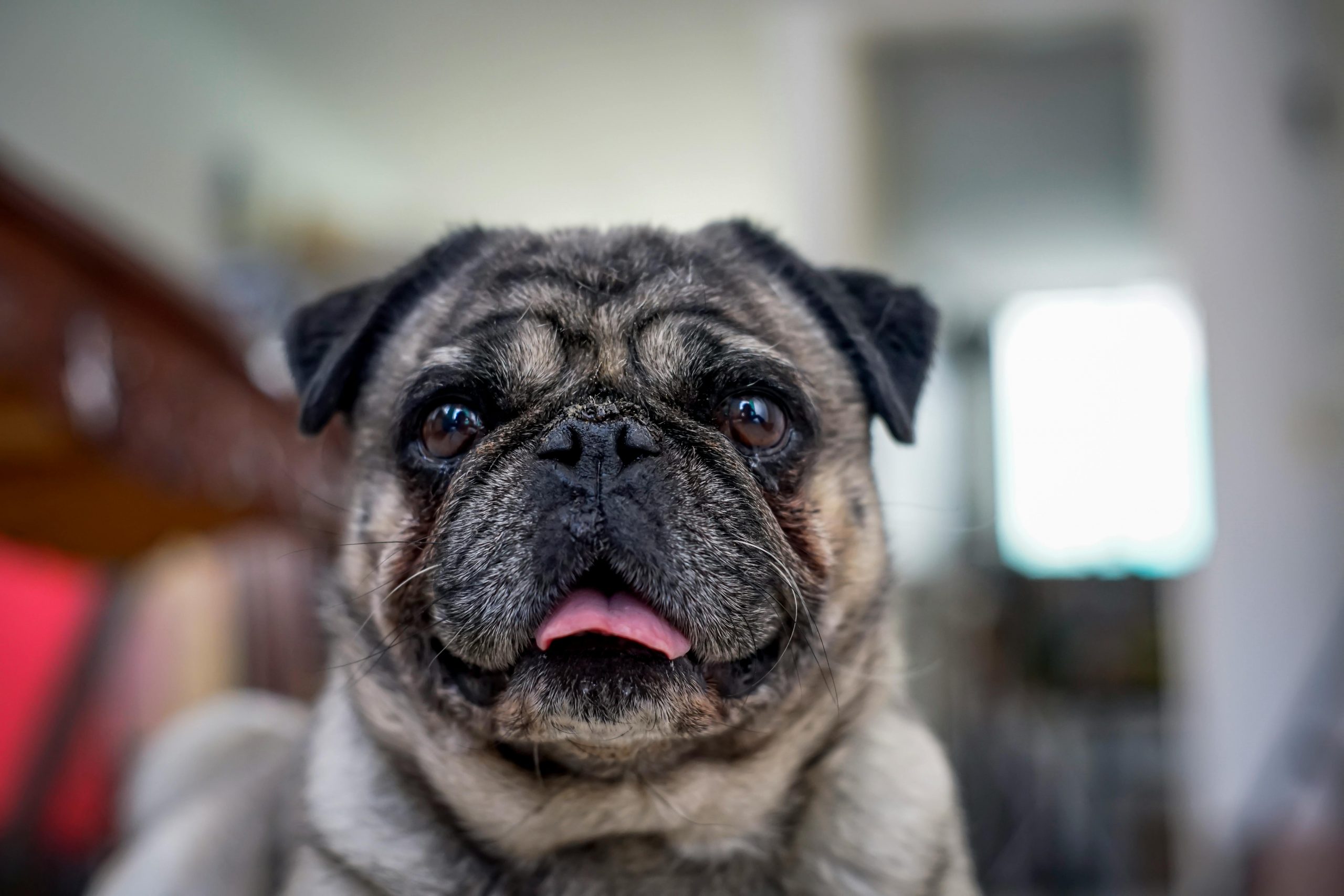
Pugs are not just pets; they are loyal companions, charming characters, and loving family members. Their unique blend of attributes—ranging from their striking appearance to their gentle disposition—makes them one of the most beloved dog breeds in the world. Whether snuggling on the couch, playing in the yard, or welcoming you home, Pugs continually offer love, laughter, and loyalty. They embody the essence of canine companionship, making every day brighter and every moment cherished for those lucky enough to call them family.
The post 25 Things to Love About Pugs appeared first on iHeartDogs.com.
via Whisker Therapy


